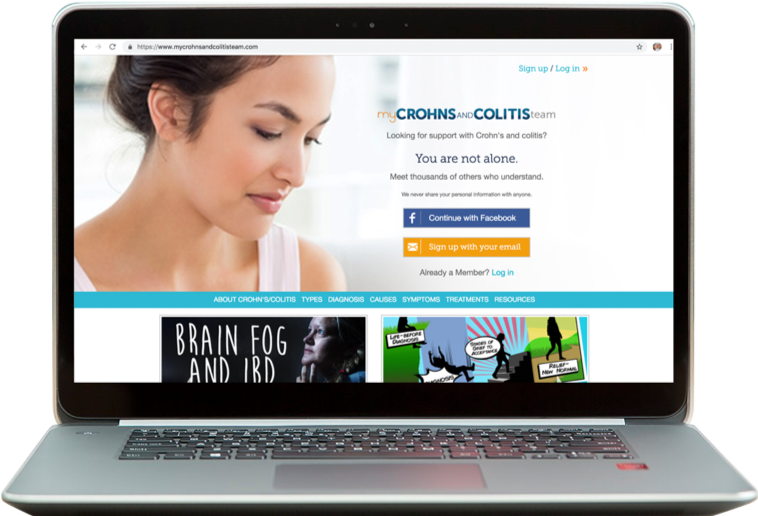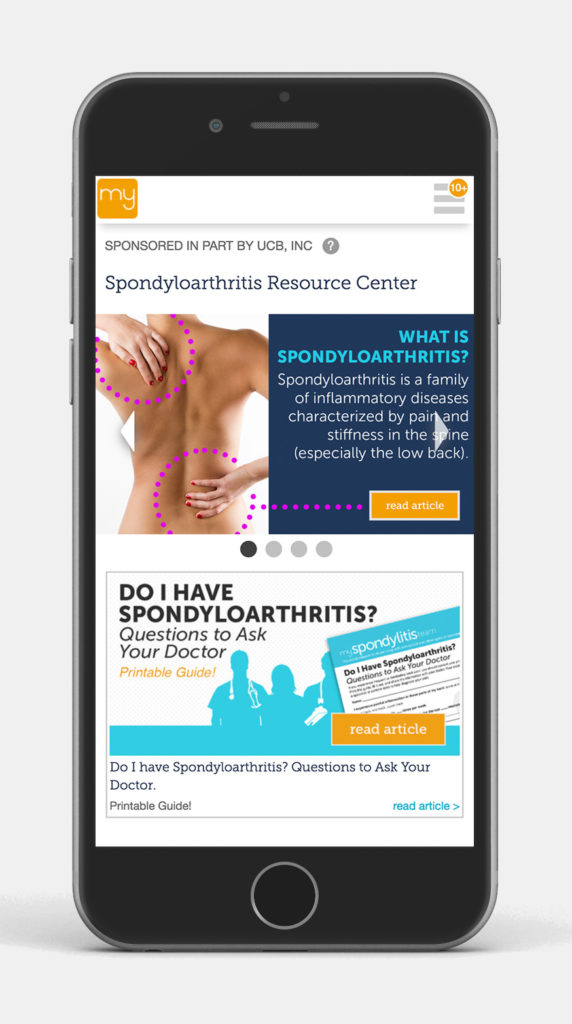
Want a sense of how vast the health community universe is? Just take a look at the most recent numbers for four of the industry’s biggest and most well-regarded platforms.
Health Union’s communities reach 11 million people per month and host 725,000 conversations every year. MyHealthTeams operates 34 condition-specific social networks and has more than 2 million registered members. Wego Health counts more than 100,000 patient leaders in its network and has connected them with nearly every health and wellness company of note.
Facebook hesitates to give an exact accounting of the size and scope of its health community offerings. But by even a conservative estimate, the platform hosts thousands of health-adjacent communities for millions of members.
Yet despite their increasing scale — and the intensified interest from the medical marketing community — digital health communities are still misunderstood. Here are six of the more glaring misperceptions.
1. Metrics are hard to come by
In the measure-everything-always world of digital marketing, gut-feel investments have largely gone the way of the dodo bird — and few channels feel more challenging to quantify than online health communities. Indeed, for the first few years of the community era, some marketers justified staying away on those grounds alone.
But once Crossix Solutions, Symphony Health and IQVIA upped their reporting capabilities toward the middle of the last decade, that argument stopped holding water. “When the measurements improved for digital campaigns, that got us noticed and kept us getting noticed,” says Health Union SVP of media David Shronk. “In the past, it was all surveys. Now, they can go to subscription databases. What it shows is that we only attract people who have the disease or condition or have heavy interest in the disease or condition, and that’s a good audience.”
This makes it considerably easier to convey the vibrancy of health communities to skeptical would-be marketing partners. “We’re able to say, ‘We’re driving doctor visits at the level of companies five times our size, because the audience is so qualified.’ We can say, ‘Our click-through rates are four to five times higher than typical ads,’” says Eric Peacock, cofounder and CEO of MyHealthTeams.
2. Conversations in communities don’t drive action
Is it the emotional component of interacting with situationally simpatico individuals that drives most users to digital health communities? Probably. “Pharmaceutical companies are good with mechanisms of action and similar information, but communities are the place you go for learning about day-to-day living with a disease — like, ‘Can I drink grapefruit juice at 9:30 at night?’ It’s really the only place where patients can talk to each other in a way that’s authentic, genuine and useful on the spot,” says Wego Health CEO and founder Jack Barrette.
But in recent years the organizations hosting and facilitating these conversations have evolved their offering to prompt users to see a physician, stat. Many have added features such as MyHealthTeams’ Smart Recommendations, which triggers pop-up messages when certain questions are posed to the larger community.
“We’re not trying to give medical advice,” Peacock notes. “We’re just trying to collapse the time it takes for people to realize they need to be talking to a doctor. Sometimes you want to jump through the screen: ‘OMG, you need to know this!’”
3. Health communities are a niche play
At this point, they’re more a micro-niche one. Just as users have drilled down deep in every other vertical — music, sports, you name it — so too have community diehards chosen to congregate with others experiencing nearly identical symptoms and dealing with the same associated issues. Think inflammatory bowel disease patients who want to connect with other women in a certain age range who suffer from ileitis and recently switched to Cimzia.
“Just like big media used to be three networks and now there are 7,000 channels, we see micro-advocacy channels and communities,” Barrette says. “No matter how niche or rare a disease or product or situation is, there’s a place for it.”
As well as health communities have served the rare-disease space over the last decade, new ones have sprung up to accommodate the specific concerns of individuals with common ailments. “People with heart disease want to connect with people who have already had a heart attack, who live with that constant pressure. ‘How am I supposed to exercise after something like that?’” Peacock explains. “The stuff that happens between doctors’ visits is where people really want guidance.”

4. Loss of privacy is the price one pays for community participation
In the wake of the Cambridge Analytica affair, Facebook has justifiably taken a hit for its cavalier approach toward data privacy. That said, within the health-community realm the company receives high marks for its responsiveness to user feedback vis-à-vis privacy. To accommodate community members who want to pose a question but don’t want it traceable to them, Facebook added an “ask admin to post” feature.
That’s just a start, obviously, but it speaks to the advanced level of concern that every facilitator of health communities has over user privacy. It’s viewed as an existential issue: Any community that doesn’t bend over backward to ensure that its members feel protected isn’t likely to be long for this world.
“Privacy is one of the underpinnings of our whole business. If we do anything to violate the privacy of our members, we wouldn’t deserve their trust,” Shronk says.
5. Once they reach a certain number of members, health communities sustain themselves
There’s a sense that communities need nurturing only in their early stages — that, once a given group has achieved a certain critical mass, it should “belong” to its members and moderators. But that fails to take into account the increasing number of places at which individuals can choose to discuss their health, nor continuous advances in the technology that undergirds all such forums. To that latter point, MyHealthTeams releases a new version of every one of its apps every other Friday.
“You hear, ‘Thanks, this is awesome. Now let me tell you all the ways you suck,’” Peacock says with a laugh. “You need to nurture something like this the way you would a child. We spend money advertising and reaching out to people with a given condition. We speak at conferences. You have to do it all day, every day, and you can’t stop.”
That’s another reason why organizations that operate health communities have renewed their focus on providing an idyllic user experience — not just in terms of exceeding expectations around privacy, but in terms of sprucing up the joint artistically. By way of example, Health Union’s UX department creates customized images for every article its community leaders create.
“It really draws people in,” Shronk says. “It allows them to self-select, because pictures are oftentimes more interesting than words.”
6. Pharma just doesn’t get the health community thing
Barrette recalls a time in the not-too-distant past when a Wego team member came back from a meeting with the regulatory team at a top-10 pharma company. Asked about it, his response was, “I had to show them Instagram.”
Now, Barrette doesn’t just sense receptivity to working in and around health communities and alongside community leaders (“the new key opinion leaders”). He believes that such engagements are expected and, when absent, glaring by their omission.
“Every single pharma brand and client understands that working with these people and creating engaging content for them is table stakes in any digital marketing program,” Barrette stresses. “Even with video featuring patient leaders — regulatory will review it like they do anything else. The fear factor aspect is gone.”
From the March 01, 2020 Issue of MM+M - Medical Marketing and Media






